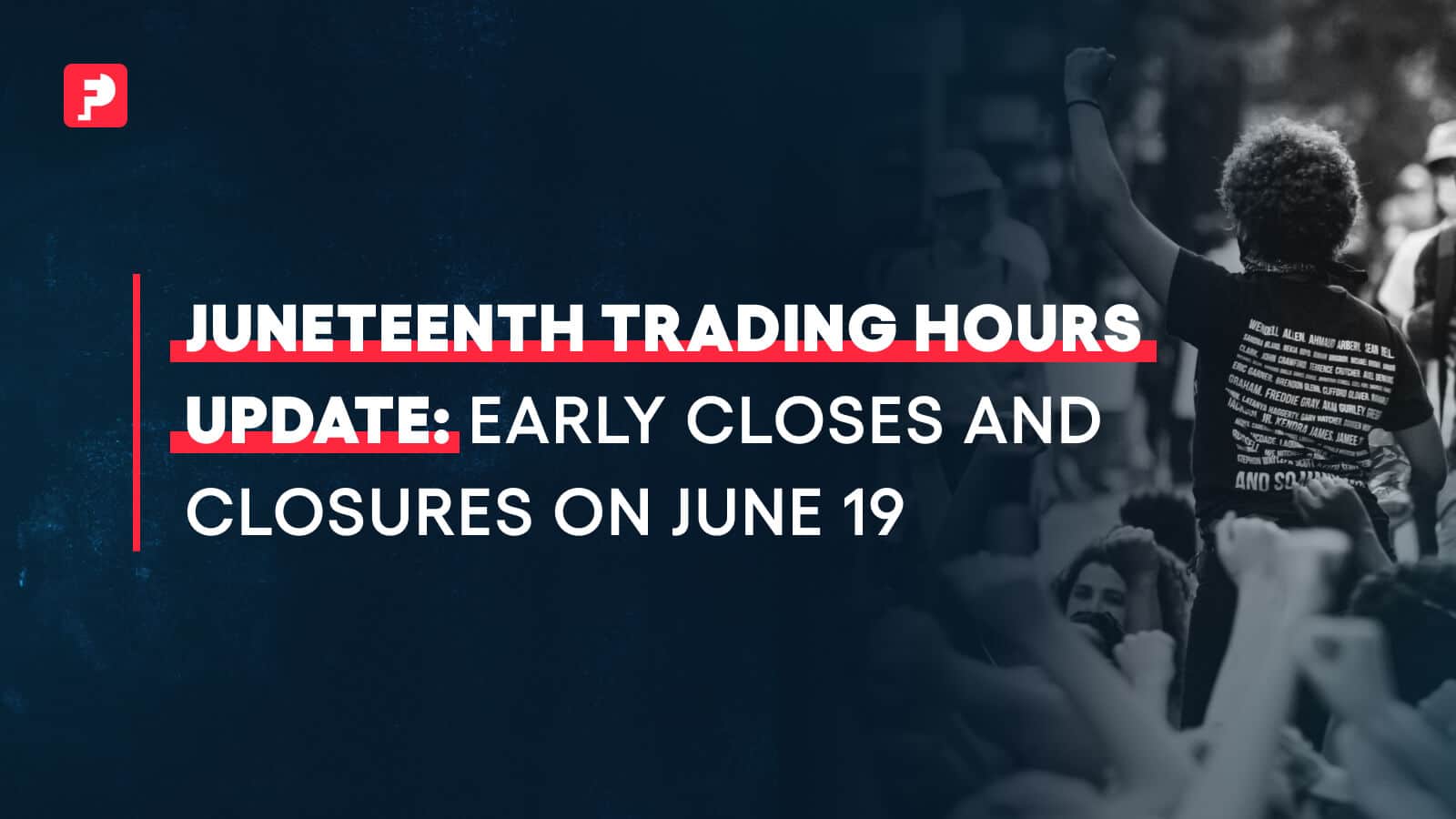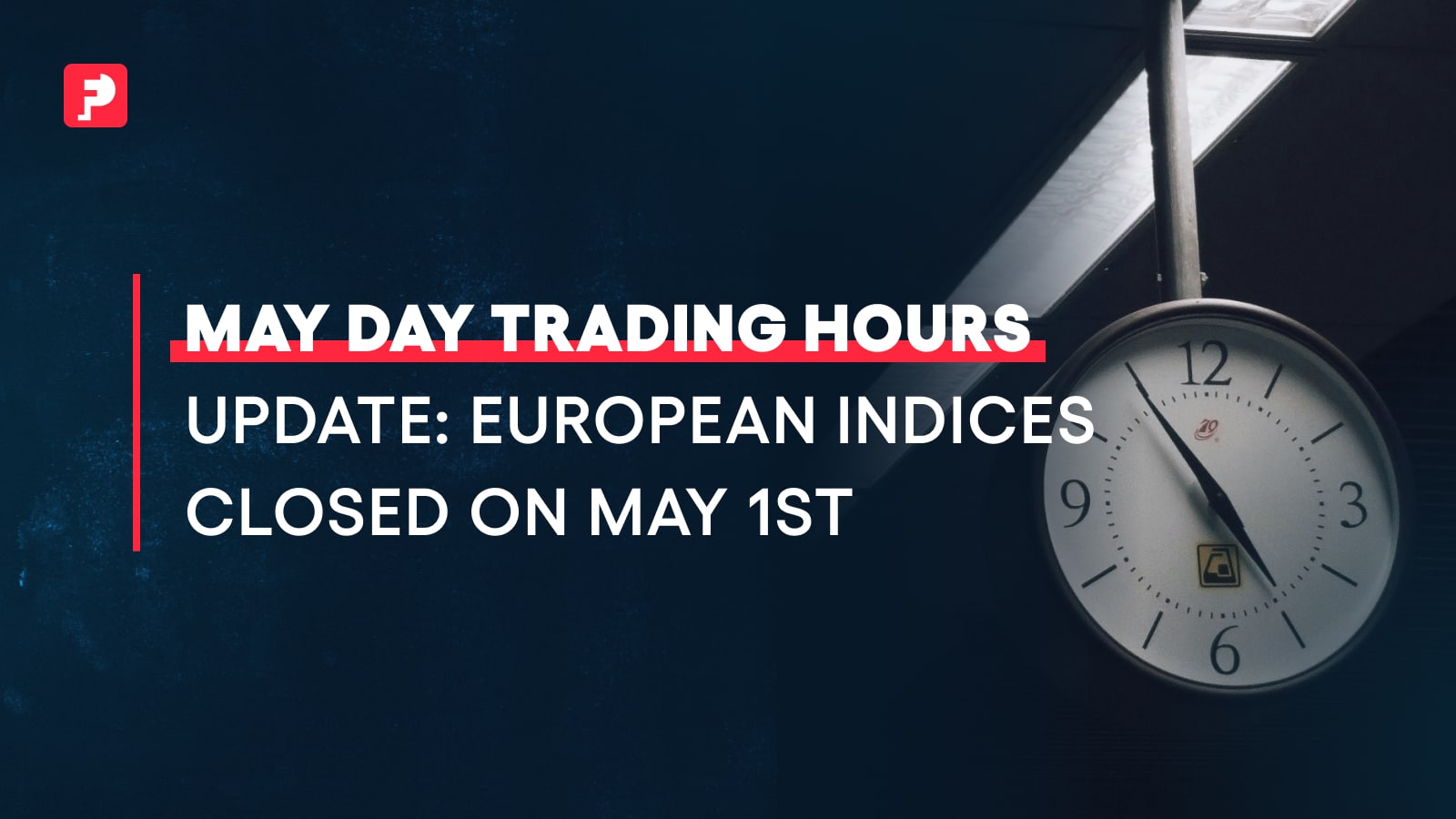Key Takeaways:
- Two main ways to scale a trading position: scaling in and scaling out.
- How To Scale Out of Positions (with an Example)
Overview
In 1987 a hedge fund manager called Paul Tudor Jones predicted the stock market crash of that year. His market decisions in the lead-up to the crash earned him enormous profits and he went on to become one of the most successful hedge fund managers of all time,
with a net worth of over $7 billion as of 2022. The technique he used in that fateful year was scaling out of positions. In this article, “How to Scale Out of Positions (with an Example)” we will explain how to use this trading technique and what benefits it presents to traders.
Scaling Out of Positions
Scaling out of a position refers to the process of gradually reducing the size of a position in an asset by selling a portion of it in a staggered manner, in other words, slowly over time. Scaling out can be a useful strategy for investors and traders wishing to make a profit or manage risk without selling the asset altogether.
In trading, “scaling” refers to the process of adjusting the size of a position in response to changes in market conditions or the performance of the position itself. Scaling can be used to take profits, manage risk, or increase exposure to a particular asset.
There Are Two Main Ways to Scale a Trading Position: Scaling In and Scaling Out.
Scaling refers to the process of incrementally growing the size of a trading position over time. Traders may use scaling in as a way to enter a position gradually, testing the market and gradually building up a position as the price moves in the desired direction.
Scaling out means reducing the size of a trading position, little by little, over time. Traders may use scaling out to continue taking moderate profits while still retaining some exposure to the asset.
Both scaling in and scaling out can be effective trading strategies, but they require careful planning and risk management. Traders must consider factors such as market volatility, liquidity, and their overall trading objectives when deciding how to scale their positions.
How To Scale Out of Positions (with an Example)
Suppose you own 1,000 shares of XYZ stock that you bought at $50 per share. The stock has been performing well, and you believe it has further potential, but you also want to manage your risk and make some profits. Here is how you might scale out of your position:
- Determine your target exit price: Start by deciding at what price you would be comfortable selling all your shares. Let us say you have set a target exit price of $70 per share.
- Choose your scaling out strategy: Next, decide how you want to scale out of your position. There are various strategies you can use, but one popular approach is to sell a fixed percentage of your shares at regular intervals. For example, you might decide to sell 20% of your shares every time the stock price increases by $5 per share.
- Execute your strategy: Once you have decided on your scaling-out strategy, it is time to start putting it into practice. Suppose the stock price increases to $55 per share. You decide to sell 20% of your shares (200 shares) at this price, which generates $11,000 in proceeds. You now have 800 shares remaining.
- Monitor the stock and adjust your strategy if necessary: As the stock price continues to increase, you can carry on selling a fixed percentage of your remaining shares at regular intervals until you reach your target exit price. However, you may also want to adjust your strategy if the stock starts to perform differently than you anticipated. For example, if the stock price starts to decline, you might prefer to sell a smaller percentage of your shares or to stop scaling out altogether.
Here is another case of how to scale out of a position, but this time in the forex market:
Suppose a trader has entered a long position on the EUR/USD currency pair at a price of 1.2000, with a total position size of 100,000 units. The trader believes that the euro will appreciate against the US dollar, and so has set a target exit price of 1.2200.
- Determine the scaling out strategy: The trader decides to scale out of the position over a prolonged period, selling a portion of the position at each predetermined price level. For this example, let us assume that the trader plans to sell 25% of the position at each 50-pip interval above the entry price.
- Implement the strategy: As the price of the EUR/USD currency pair rises, the trader sells 25% of their position at each preset price level. For instance, when the price reaches 1.2050, the trader sells 25,000 units of the position, leaving them with a remaining position size of 75,000 units. When the price hits 1.2100, the trader sells another 25,000 units, leaving them with 50,000 units.
- Adjust the strategy if necessary: If the price of the currency pair starts to move against the trader, they might want to act accordingly. They may decide to adjust their scaling-out strategy or exit the position entirely. For example, if the price falls below a key support level, the trader could choose to sell the remaining portion of the position to minimize their losses.
By scaling out of their position, the trader can take cumulative smaller profits while still retaining some of the assets. Many traders use this technique to better manage their risk more effectively and potentially earn steady returns. However, it is important for traders to remember that the forex market can be highly volatile and that past performance does not dictate future results. It is crucial to develop a clear trading plan and risk management strategy before entering any position.
Situations Where Traders Might Consider Scaling Out of a Position
- Steady profits: If a trader has a profitable position and is confident that the asset has peaked, they might consider scaling out of the position to lock in some gains. Scaling out allows the trader to take profits gradually without exiting the position altogether.
- To manage risk: If a trader’s position is excessive when balanced against their account size or risk tolerance, they may scale out of the position to offset their exposure to the asset.
- To adapt to changing market conditions: If the trader has experienced a change in strategy or in market outlook, one option is to scale out of a position to reflect their new perspective. For example, if a trader’s technical analysis indicates that the asset is likely to experience a pullback, they might consider scaling out of their position to avoid major potential losses.
- To free up capital: If a trader sees an opportunity to enter a new trade but does not have enough capital available, a good move may be scaling out of an existing position to free up funds for the new trade.
Overall, scaling out of positions can be a useful technique for traders to manage risk, take profits, and accommodate changing market conditions. To return to the example of Mr. Jones, the hedge fund manager began with a long position in the stock market, having anticipated a bull run. When he predicted a portending market downturn, he began scaling out of his position gradually.
Every time the market rallied, he sold one portion of his position, thereby earning dividends each time while retaining some of the asset in question. His response to the stock market crash allowed him to react profitably to market changes and preserve a significant portion of his assets. If you are considering using this technique in the forex market, an understanding of currency correlations and how they impact price direction is key.
In fact, while scaling out of positions is a technique employed across various financial markets; there are nuanced differences in its execution. As we discussed, this price trimming technique can be deployed in the stock market by selling a portion of the shares held. In the foreign exchange market, traders can scale out of currency trades by gradually closing parts of their positions as the market moves in their favor. This technique is consistent across assets in reducing exposure while capitalizing on profit potential. Similarly, in the futures market, scaling out involves reducing the size of a position as the contract approaches expiration, thereby mitigating the risk associated with delivery or rollover. Overall, the nuances of scaling out of positions vary across financial markets, adapting to the specific characteristics and dynamics of each market, while nonetheless remaining a reliable way to optimize risk-reward and profit from favorable market conditions.
In conclusion, scaling out of positions is a useful technique to any trader and one that can be implemented to both conserve and generate assets in a reactive market.
Ready to take the challenge? Sign Up Now.




